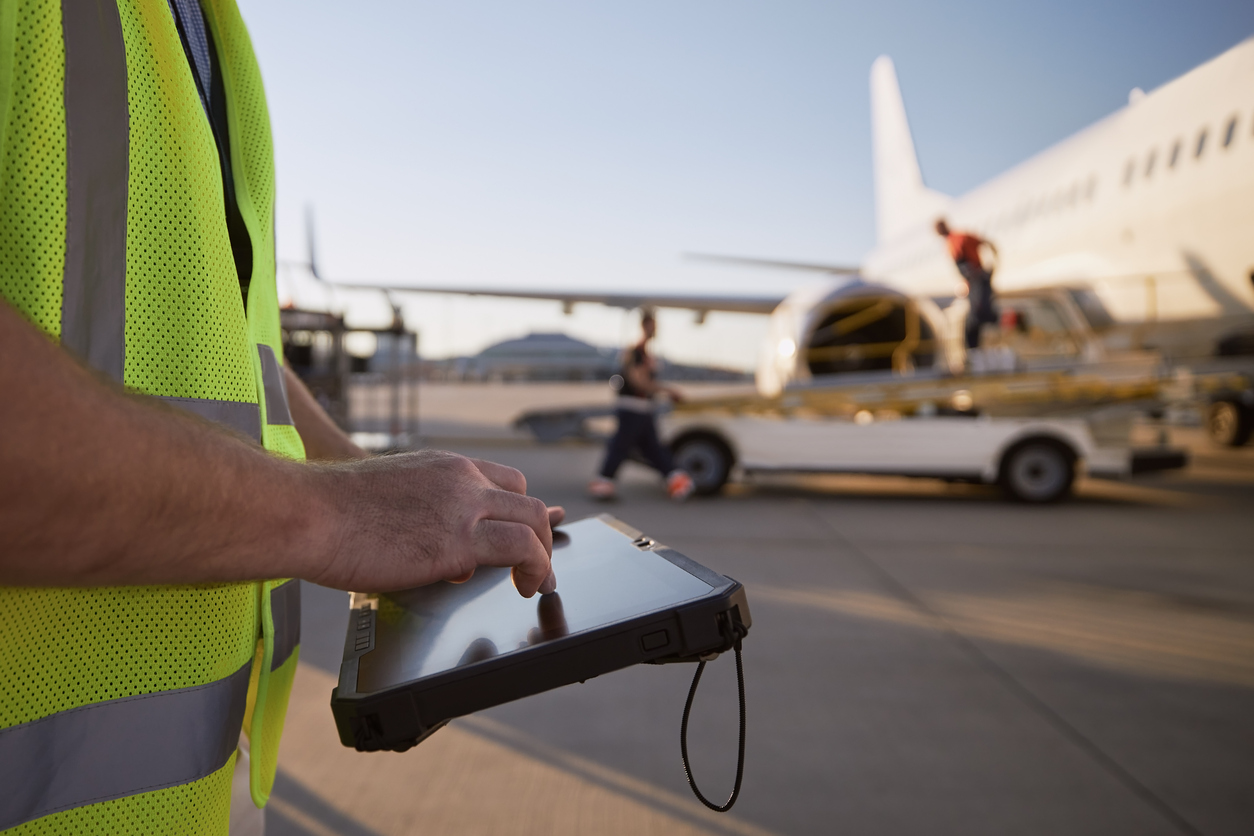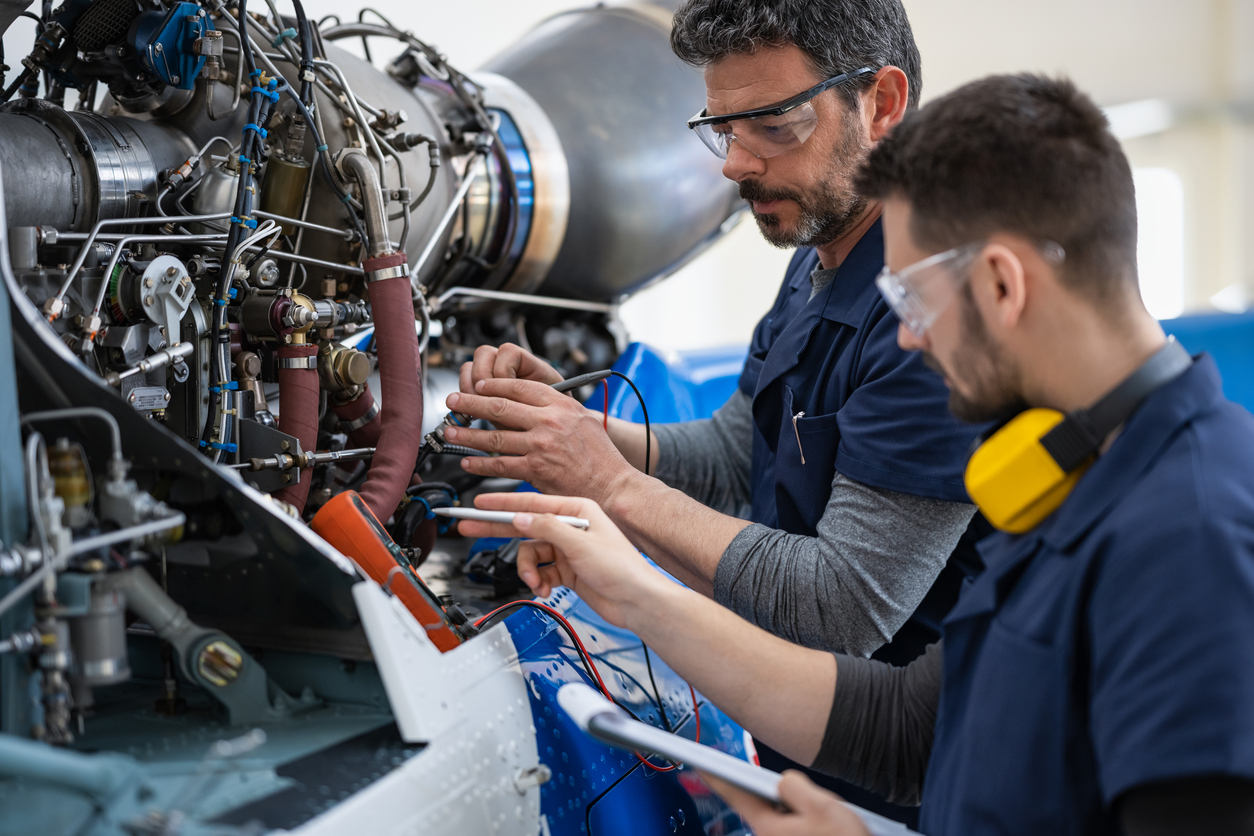M3 blog
Manual Device Management: Hidden Costs for Airlines

In today’s aviation landscape, Maintenance, Repair, and Overhaul (MRO) teams are under relentless pressure to reduce turnaround time, ensure regulatory compliance, and maintain flawless operational execution—all while dealing with increasingly complex aircraft systems. Yet many airlines and MROs still rely on outdated, manual methods to manage their fleets of mobile devices. This oversight doesn’t just strain IT teams—it introduces a cascade of hidden costs and operational risks that erode efficiency and regulatory reliability.
At M3 Solutions, we believe these challenges are solvable with smart automation tailored to the realities of MRO workflows. Here’s a breakdown of the hidden costs organizations often overlook when managing device deployments manually—and how M3’s automation platform delivers measurable ROI.
Labor Drain on IT and Operations Teams
The Cost: Technicians and IT staff often spend hours manually updating devices with the latest OS versions, technical manuals, and maintenance software. That means less time for strategic tasks and more hours spent plugging in devices, pushing updates, or troubleshooting missed syncs.
The M3 ROI: M3’s platform automates content distribution and OS deployments across multiple sites worldwide—even during off-hours—without human intervention. This translates to hundreds of reclaimed hours per year for IT and maintenance teams, reducing overtime costs and enabling leaner support operations.
Non-Compliance Risk
The Cost: Regulatory bodies like Transport Canada mandate that engineers work with the latest and consistent documentation. A single missed update or outdated manual can compromise safety, delay an aircraft’s return-to-service, or trigger costly penalties during audits.
The M3 ROI: With M3, every device is guaranteed to be synchronized and ready before it’s checked out. Our system ensures that maintenance staff are always working from the same, most current information—reducing non-compliance risk and building audit-readiness into every shift.
Downtime Due to Uncharged or Unavailable Devices
The Cost: It’s common for shared devices to be left uncharged, misplaced, or locked in update limbo, leaving technicians scrambling during time-sensitive procedures. This creates unplanned downtime that affects flight schedules and frustrates frontline teams.
The M3 ROI: Our M3 Platform ensures every device is fully charged, synchronized, and locked in place until it’s ready for use. Devices only become available for checkout once updates are complete, guaranteeing readiness and eliminating guesswork.
Excessive Device Inventory & RMA Overhead
The Cost: To compensate for unreliable manual processes, many MROs over-purchase devices, assuming spares will cover for those that are unavailable, uncharged, or under maintenance. This inflates the total cost of ownership (TCO) and complicates logistics.
The M3 ROI: M3’s shared-device model reduces the need for excess inventory by ensuring near-100% availability of existing devices. It also simplifies RMA (return material authorization) processing, reducing logistics and repair time.
Fragmented Operations Across Locations
The Cost: Airlines and MROs often operate across multiple hangars, terminals, or even international sites. Without automation, synchronizing device content and software across these dispersed environments is a logistical nightmare—one that often leads to inconsistency, delays, and miscommunication.
The M3 ROI: The M3 Platform delivers seamless content synchronization across multiple locations—automatically and remotely. That means your teams, whether in Toronto or Toulouse, are working in lockstep, with zero manual coordination required.
Real-World Example:
Companies like Air Canada and Lufthansa Technik use M3 Solutions to streamline their MRO workflows, unlocking scalable efficiency and reducing manual overhead. Our platform becomes an extension of their teams—automating what used to take days into background tasks that just happen.
Final Thoughts: Automation Isn’t a Luxury—It’s a Necessity
For Operations Managers, IT Directors, and Digital Transformation leaders in aviation and aerospace, the message is clear: the costs of manual device management aren’t always on the balance sheet—but they’re very real. Missed updates, delayed flights, burned-out staff, and compliance violations all stem from a lack of automation.
With M3 Solutions, you’re not just adopting a tool—you’re adopting a proven system for operational readiness and compliance at scale.




